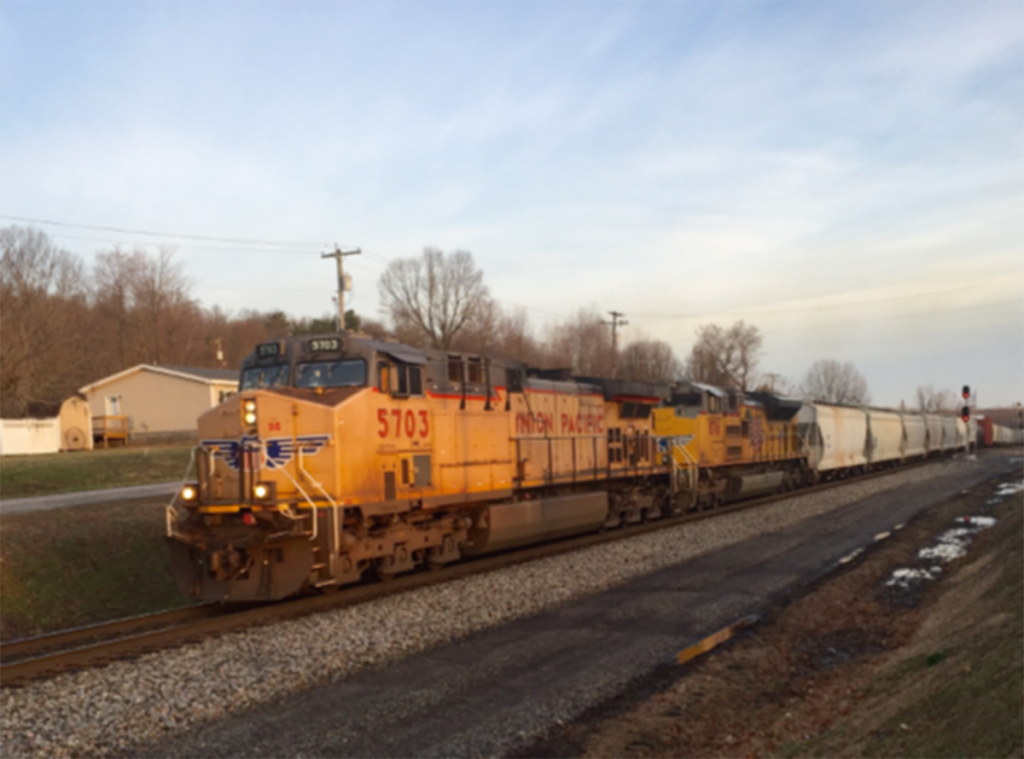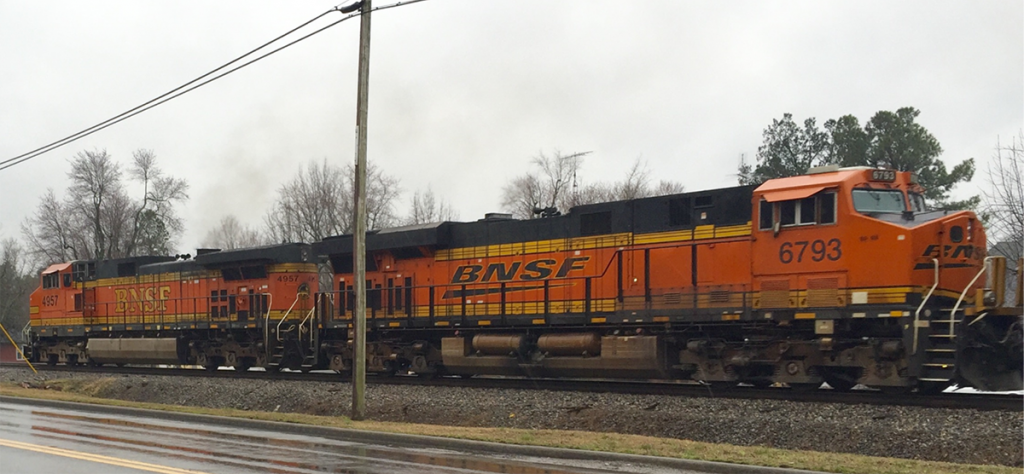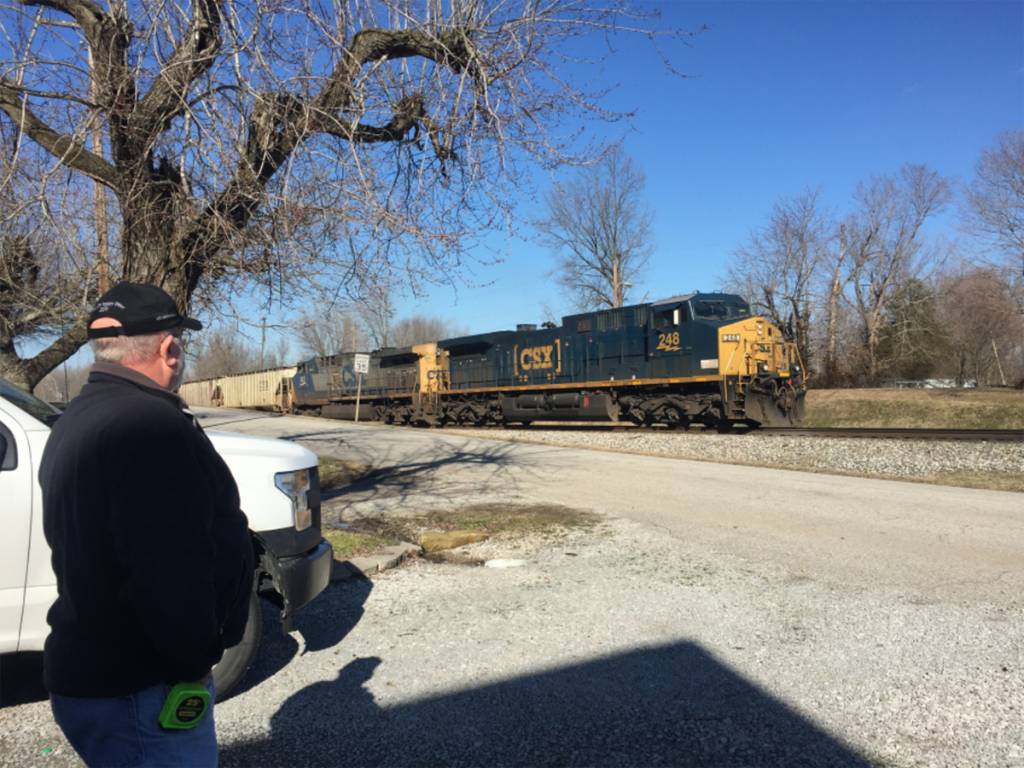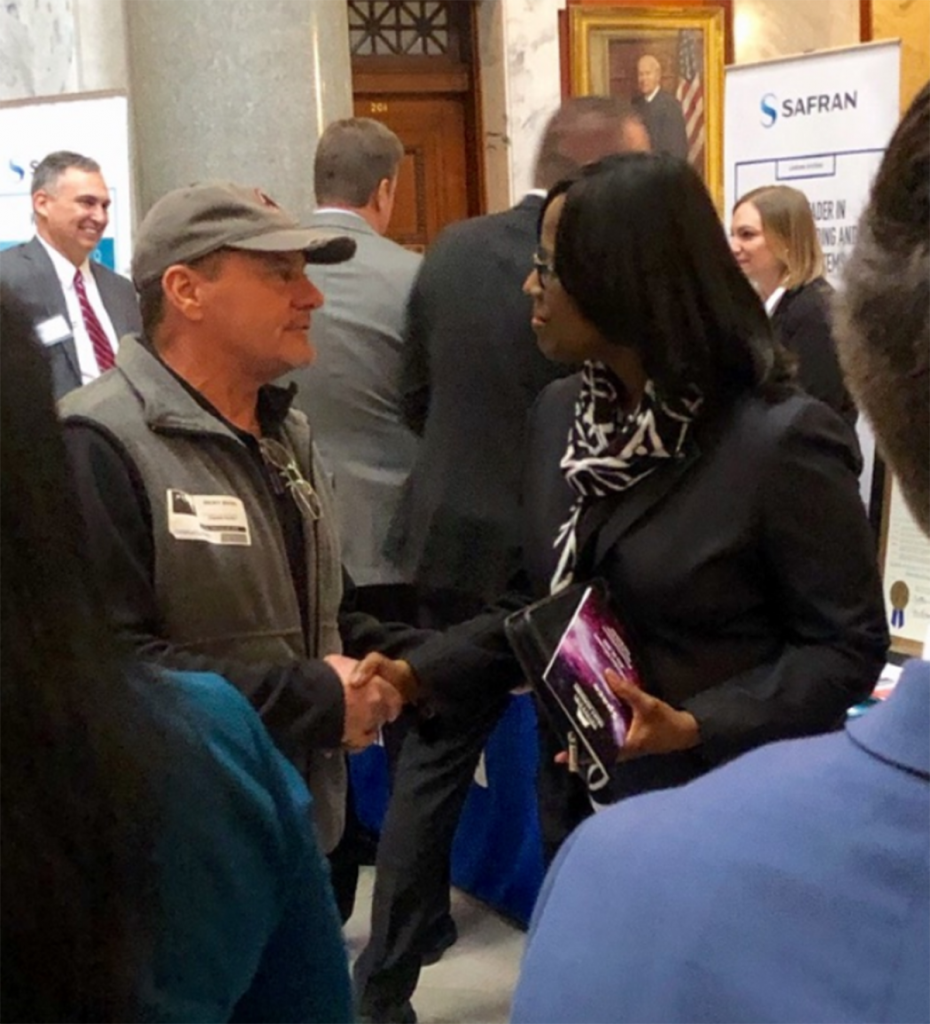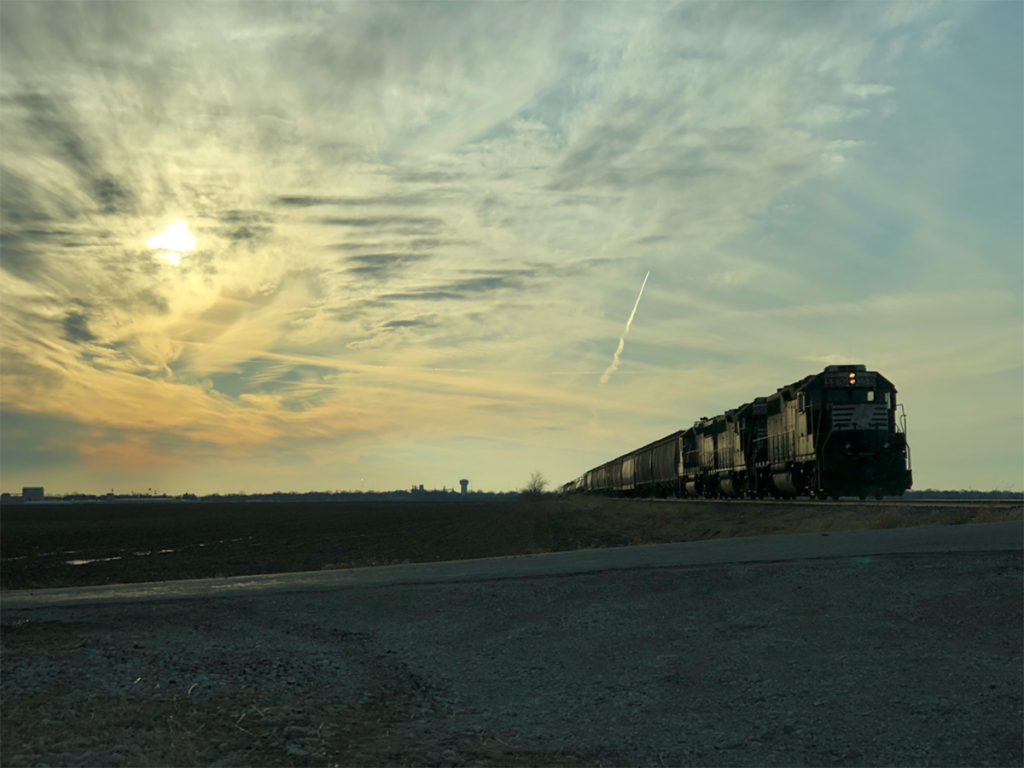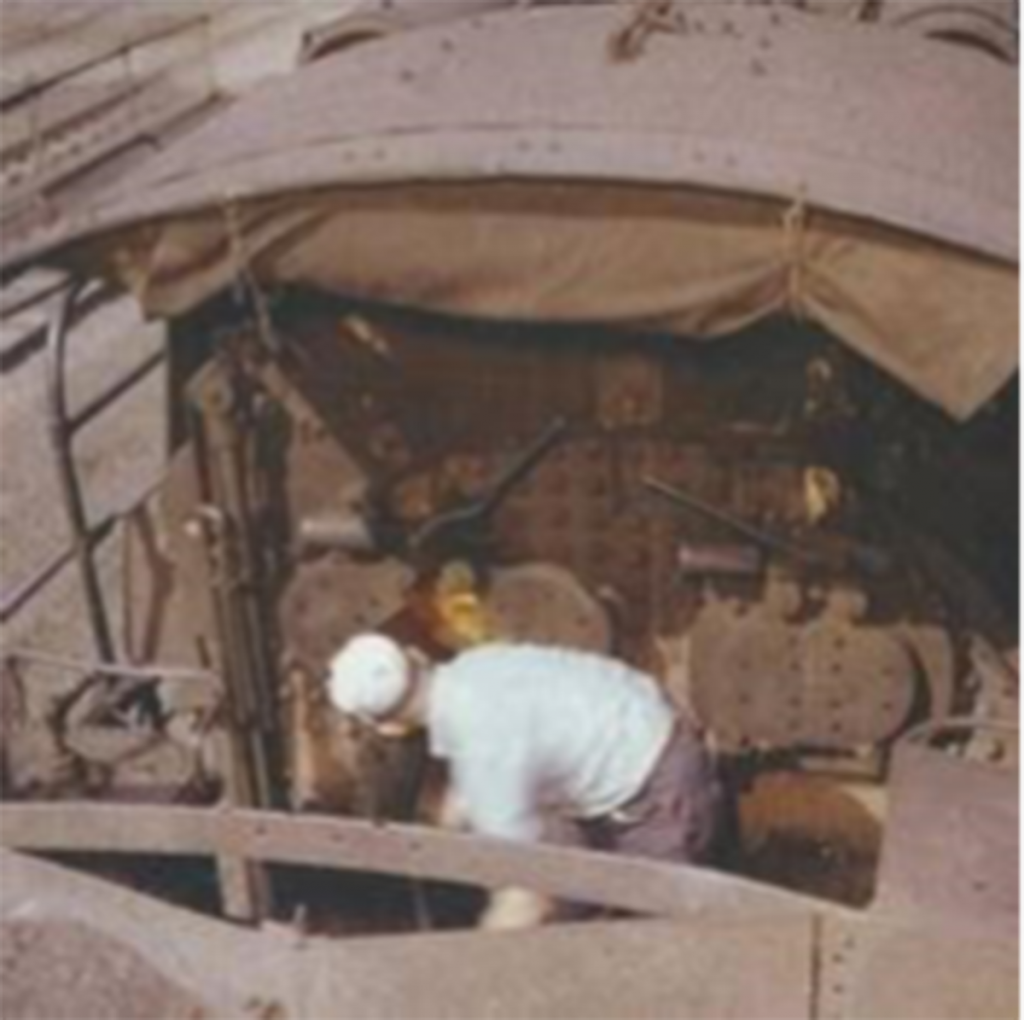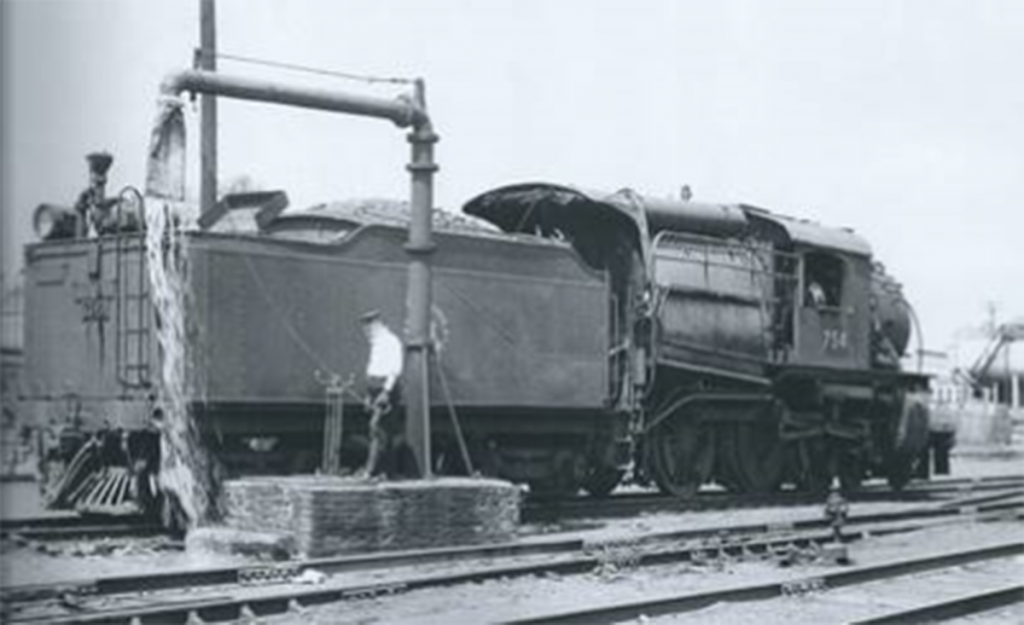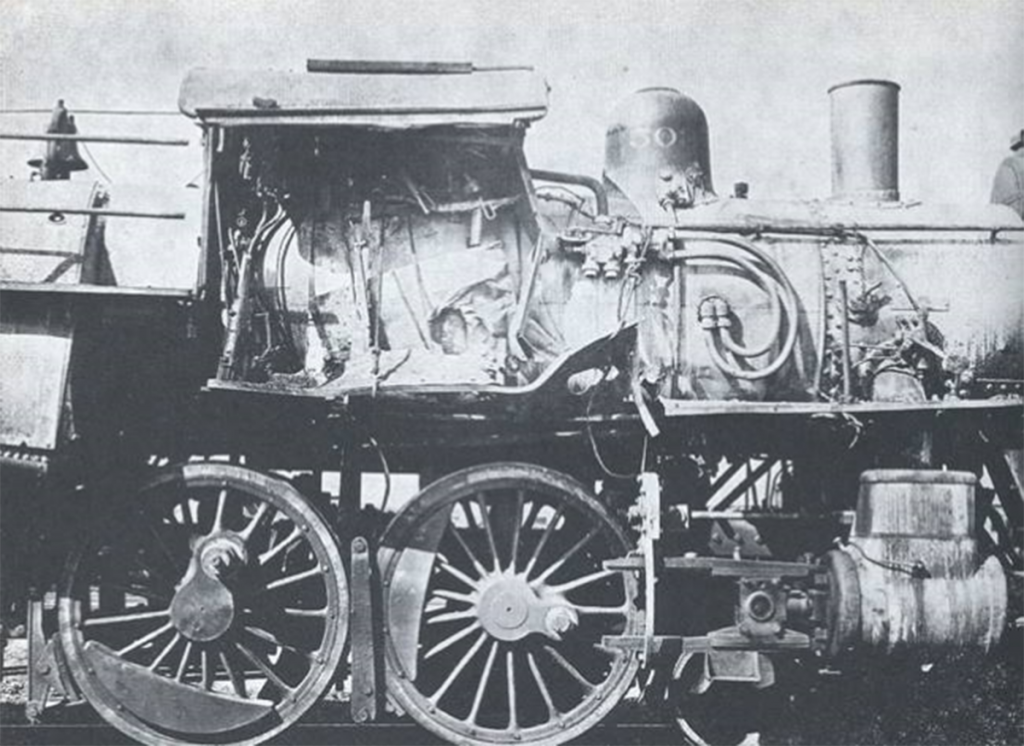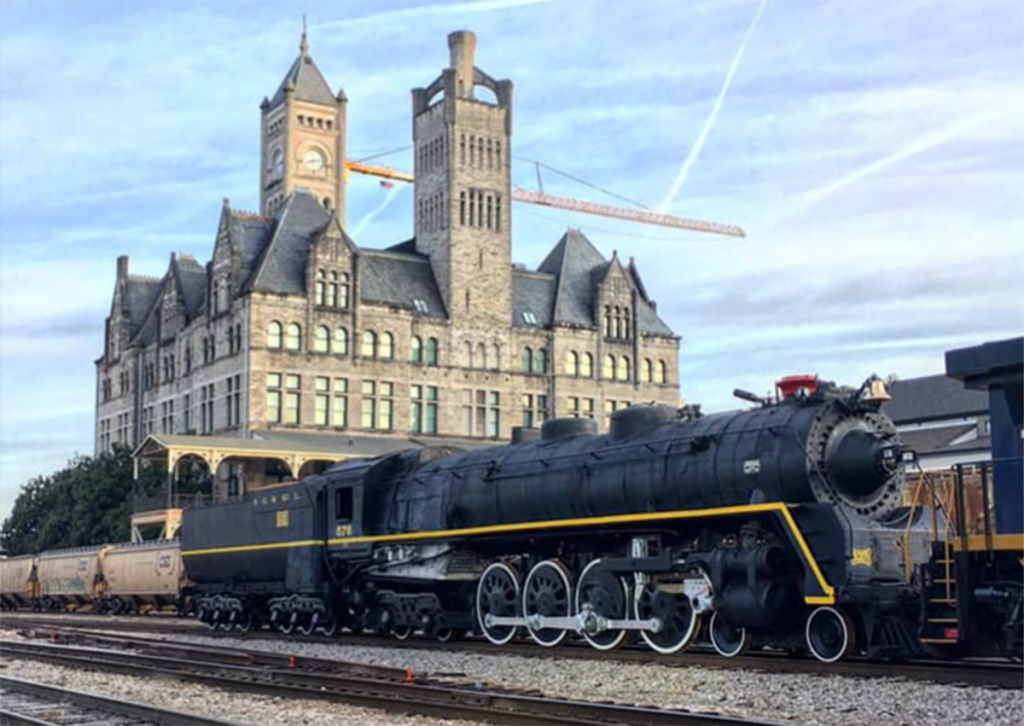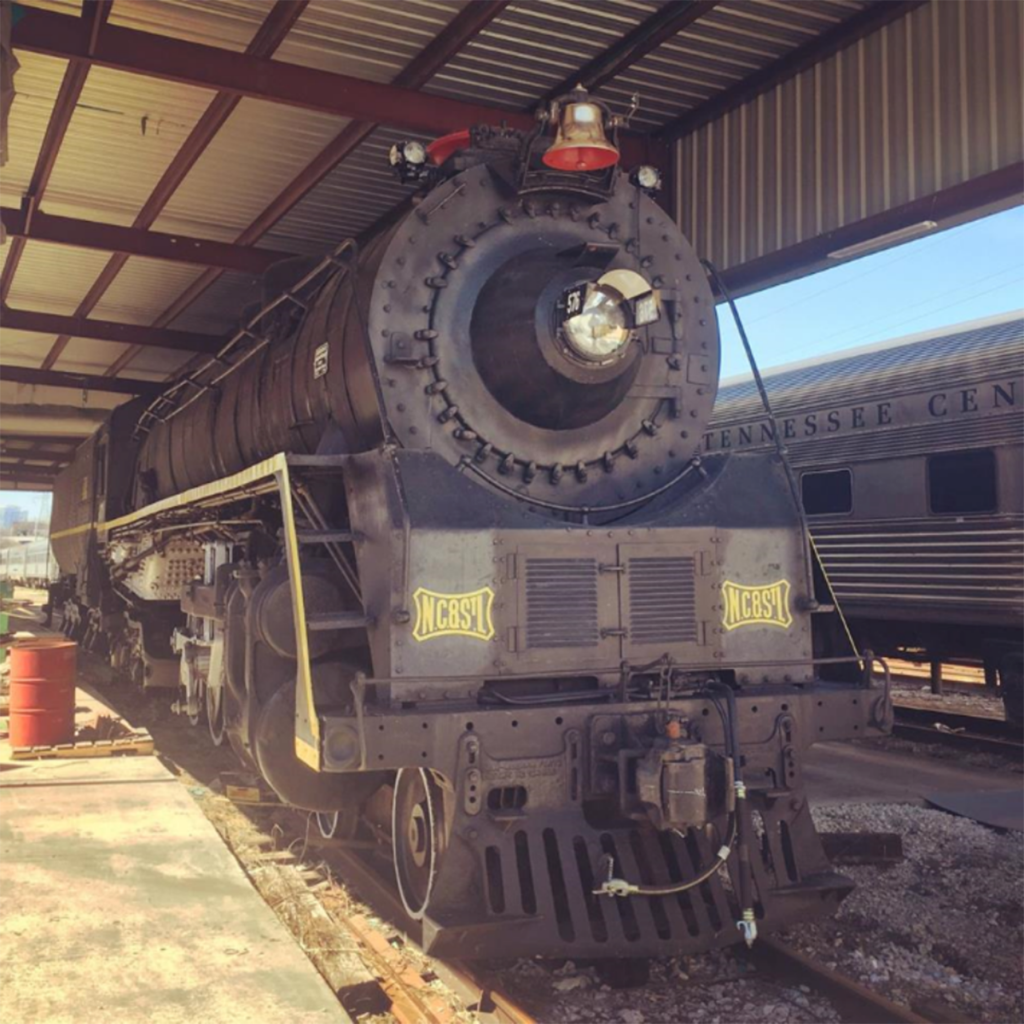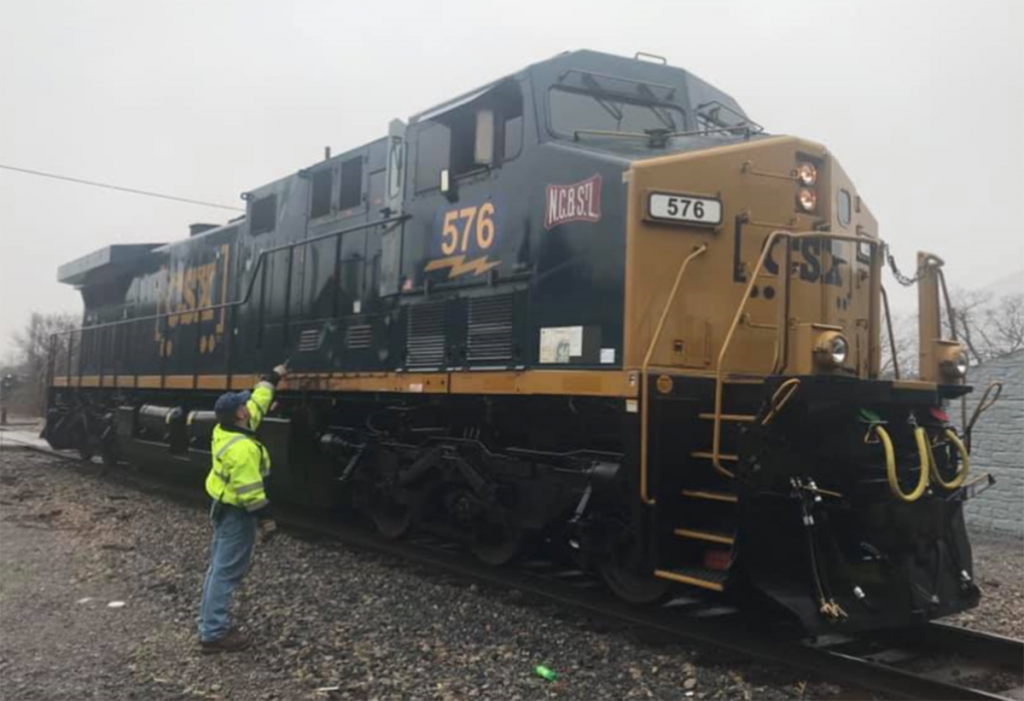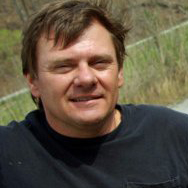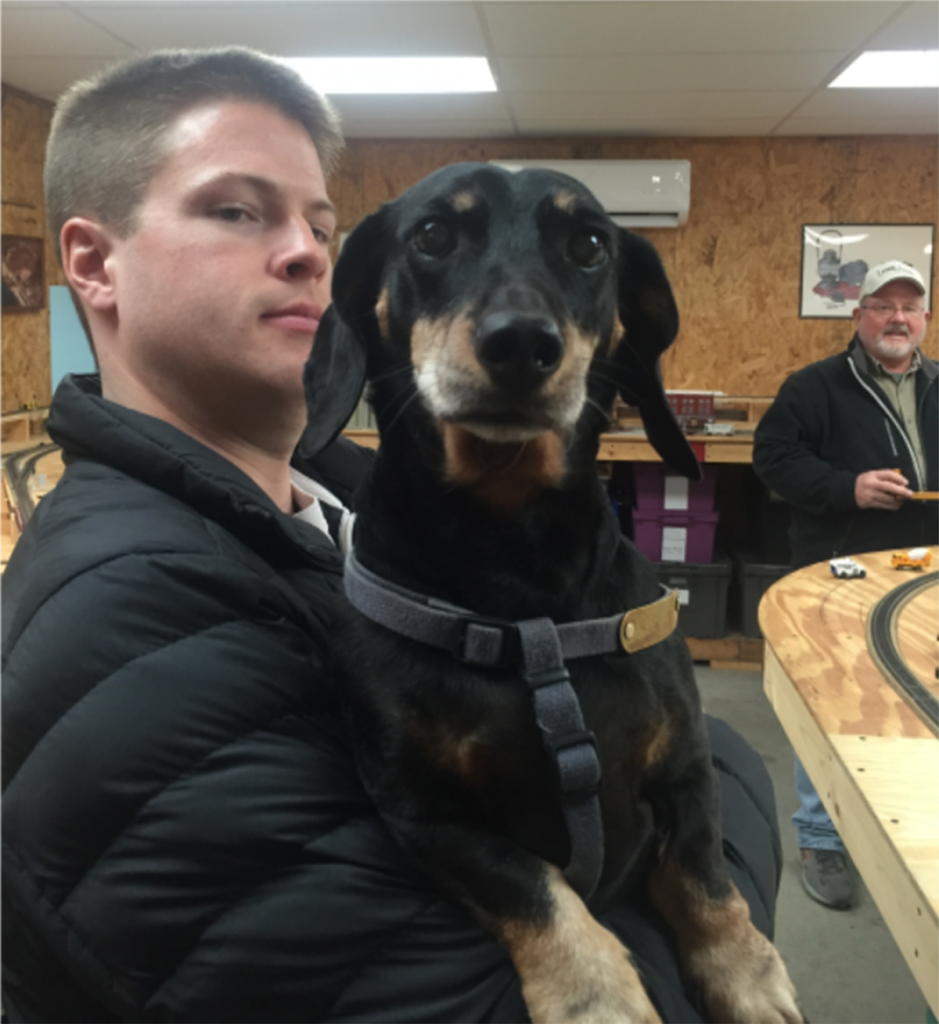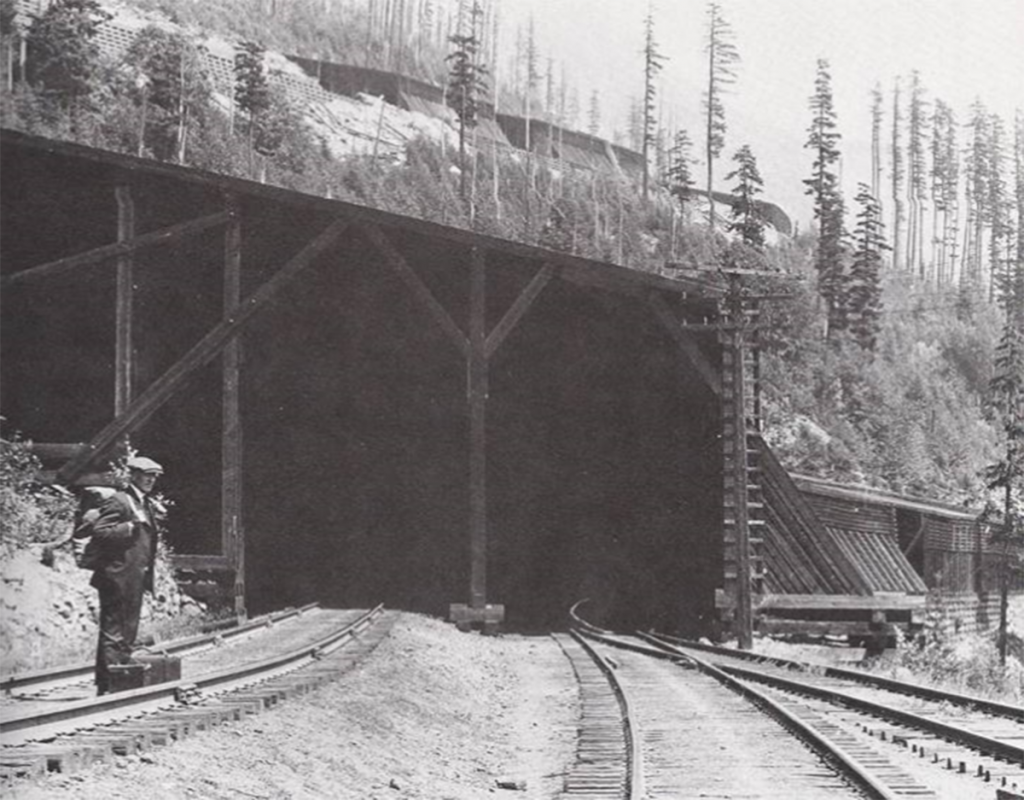
Being the third day of winter, at least according to the weather bureau, let’s talk snow. With his pack, canteen and camera gear, photographer James A. Turner is ready for another day on Stevens Pass in the Washington Cascades. The scene is Corea, near the Great Northern’s Martin Creek loop, in 1925.
Turner placed himself properly to one side, looking into the picture, in what must be a tripod, timed picture. From what I know about him he traveled alone, and did not own a car. He no doubt rode the train from Seattle and managed a drop-off. A man of class, you will see Turner dressed this day with a white shirt and tie. He was a personal friend of my friend, the late Warren W. Wing, also an avid railfan photographer and book publisher. Turner’s son’s home in Gig Harbor was literally a gallery of his father’s works.
Snow sheds were common in West Coast railroading. Those vertical beams and sloping roof are solid 12 x 12s. Providing those today would be nearly impossible. Is it any wonder why the Great Northern Railway, with miles of snow sheds, invested in the 8-mile tunnel under Stevens Pass.?
There is irony here. Some say if the railroad had not cut down so many trees in their quest to build snow sheds, that saturated snow would have remained in place on those slopes. Others will say the beams didn’t come from those same trees. Hmmmmm.
Note the attachment: The eastbound is about to enter the Horseshoe Tunnel. It will curve to the right, cross another trestle and work its way to and through the upper snowshed. Turner was standing about where the boxcar is exiting the lengthened snow shed.
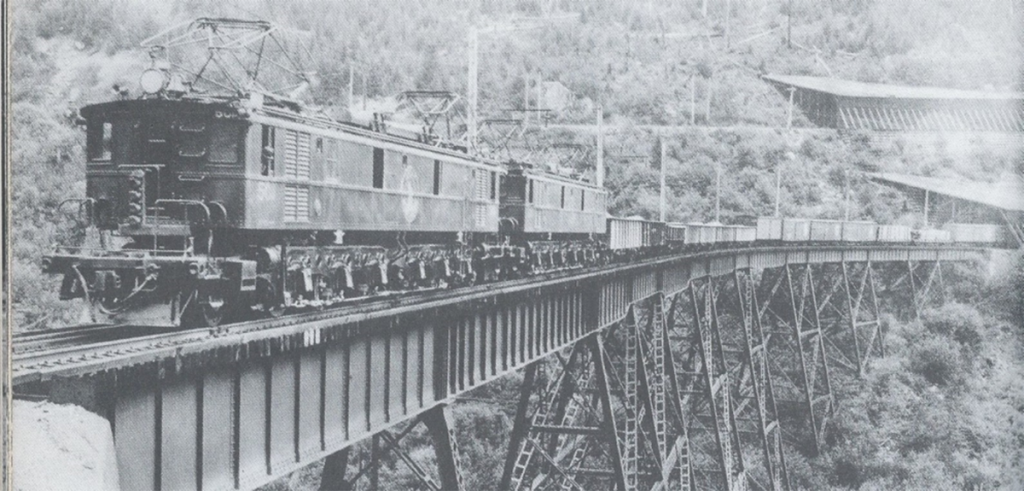
Credits: attachment photo by Lee Pickett, seen in book: Lines West by Charles R. Wood – Gary Ostlund.

